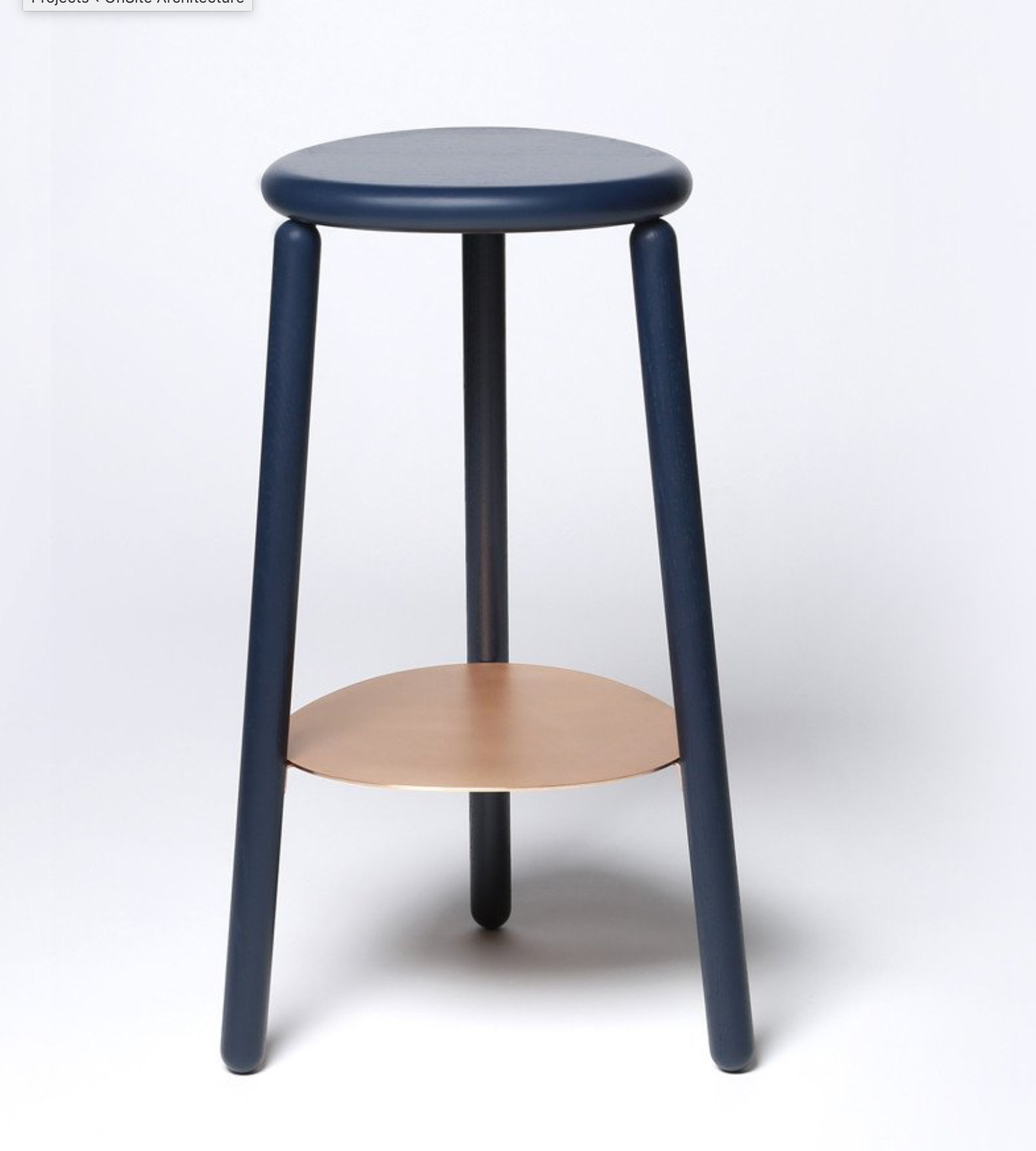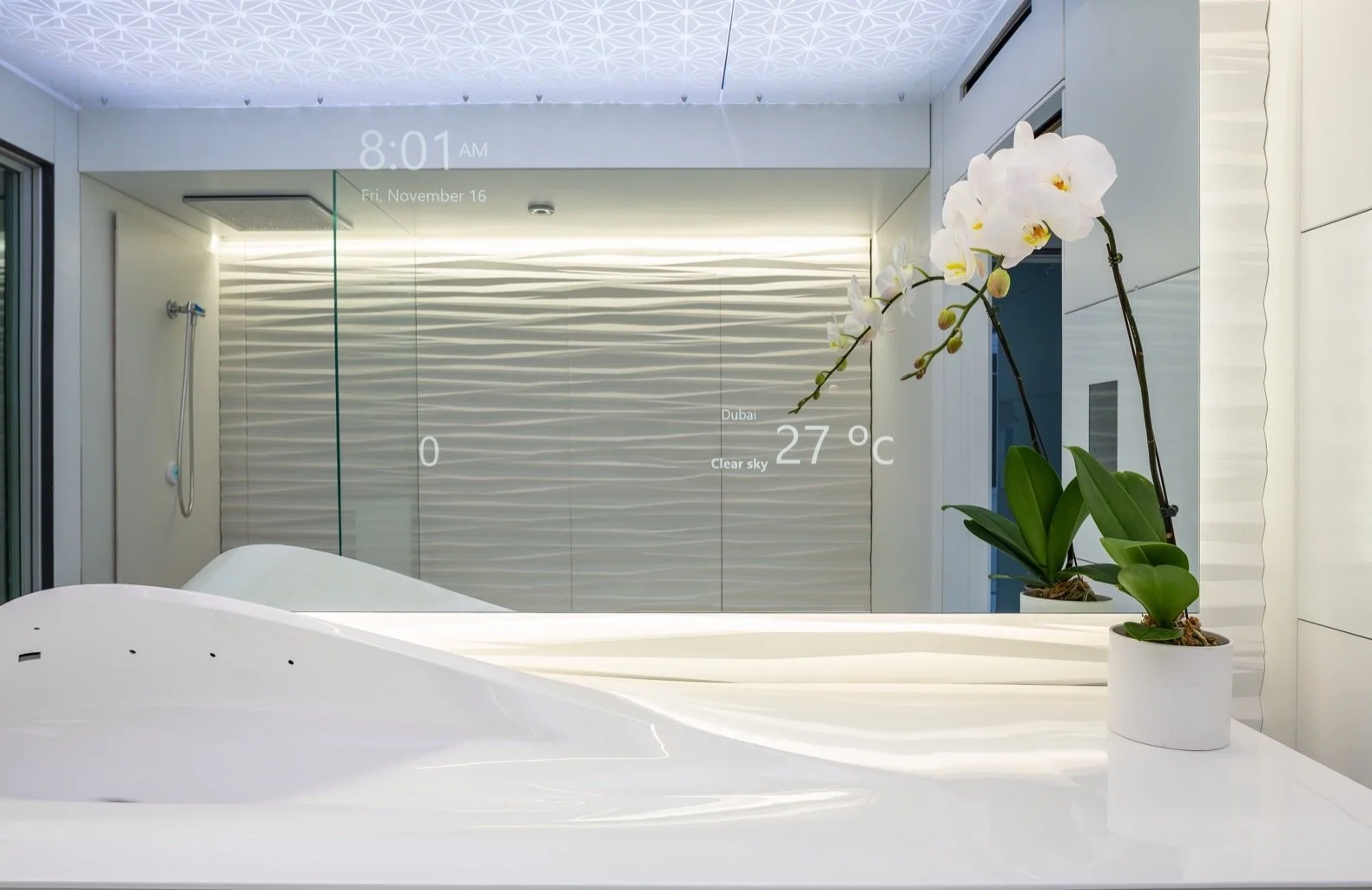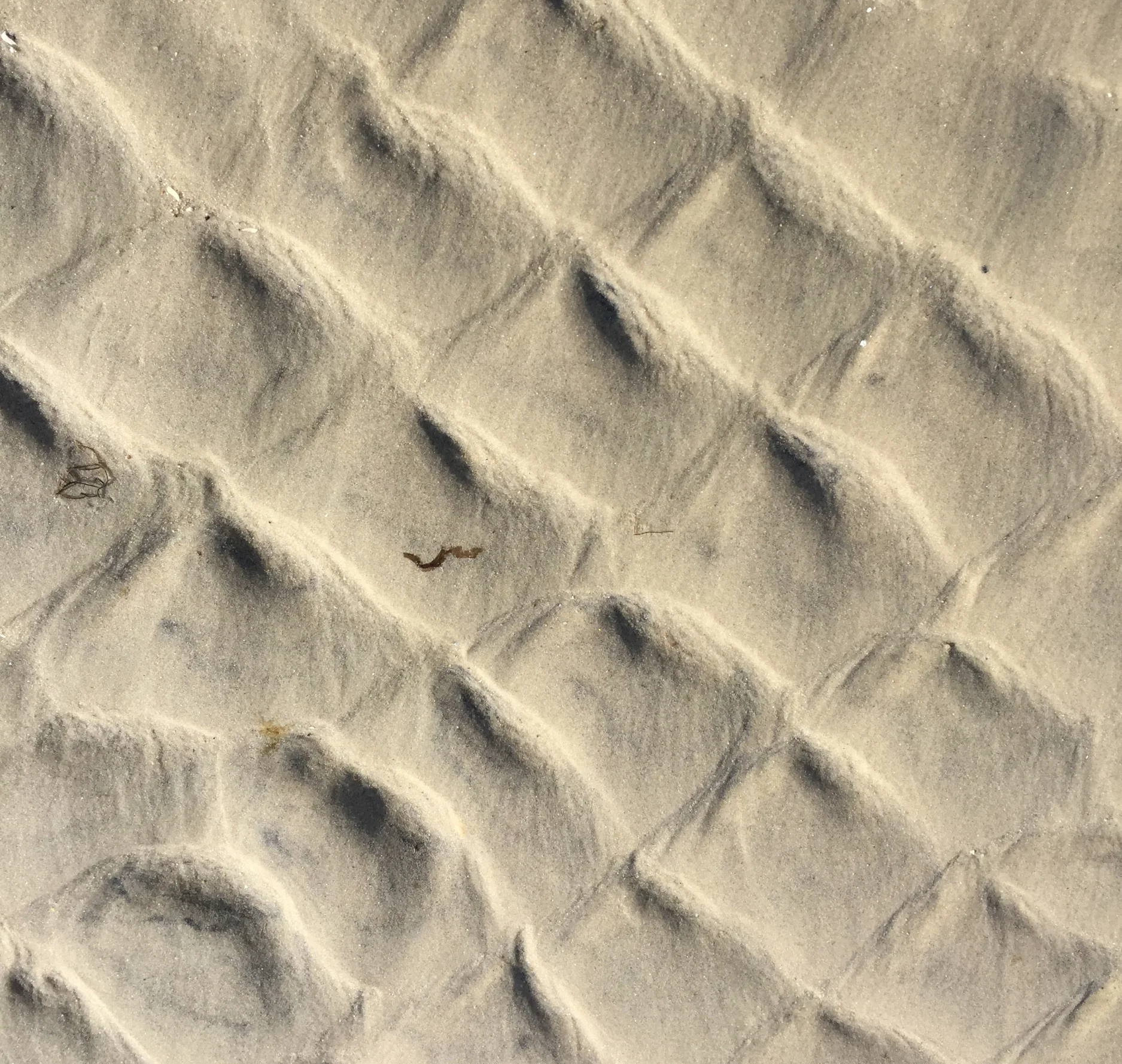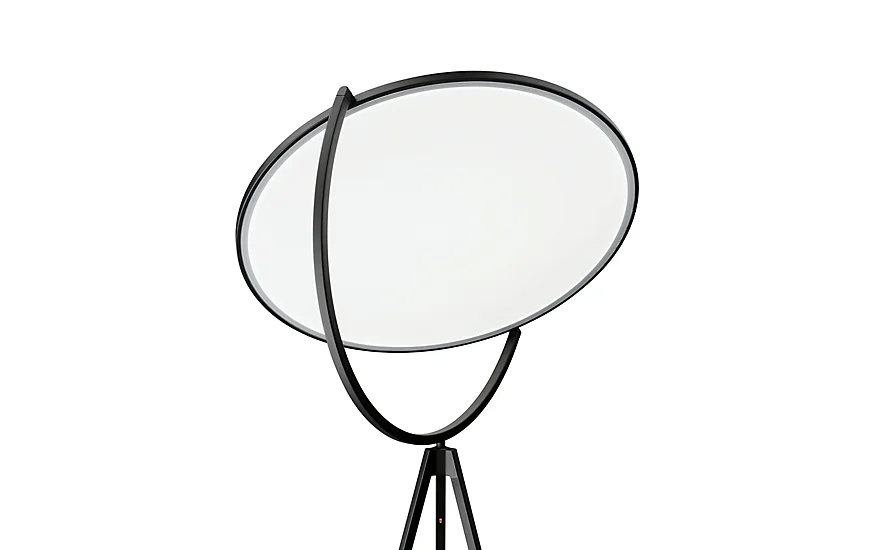In early February 2024, I completed a four week funded fellowship at the Technical University of Munich’s Straubing Campus. There, I was invited by the Chair of Biogenic Polymers, Prof. Dr. Cordt Zollfrank to research emerging research topics in renewable material alternatives, principally made from cellulose. The trip could not have been more inspiring, and I am deeply grateful for the invitation and opportunity to develop new partners in this important future area of material science- highly relevant to the future of industrial design. Special thanks to Dr. Zollfrank, Petra Peklo and the whole team, some pictured below:
It was also a total pleasure to be a visitor in Bavaria and Straubing, a beautiful small city located on the Danube River north of Munich.

































